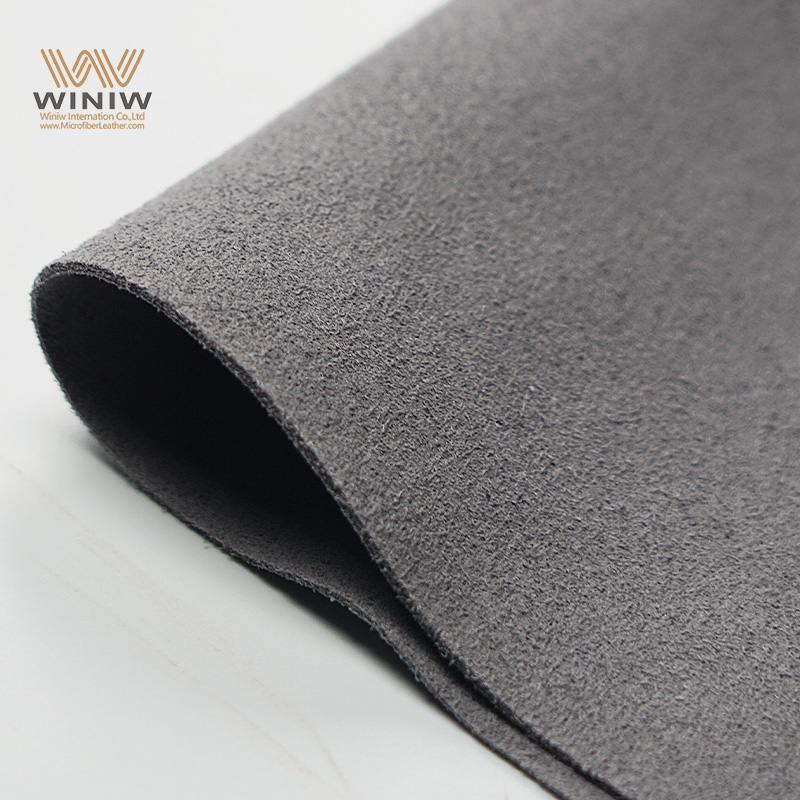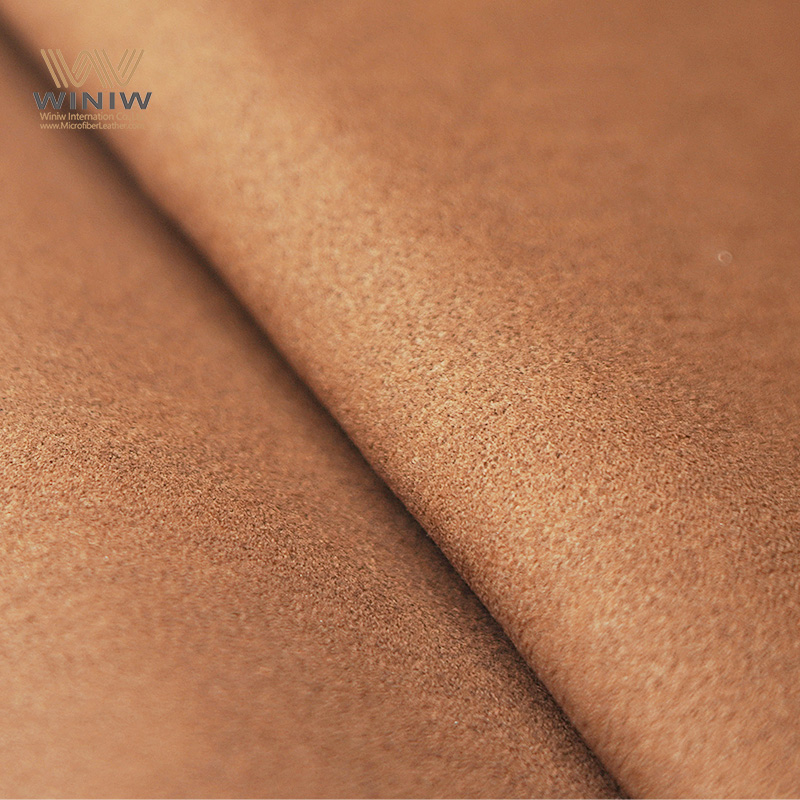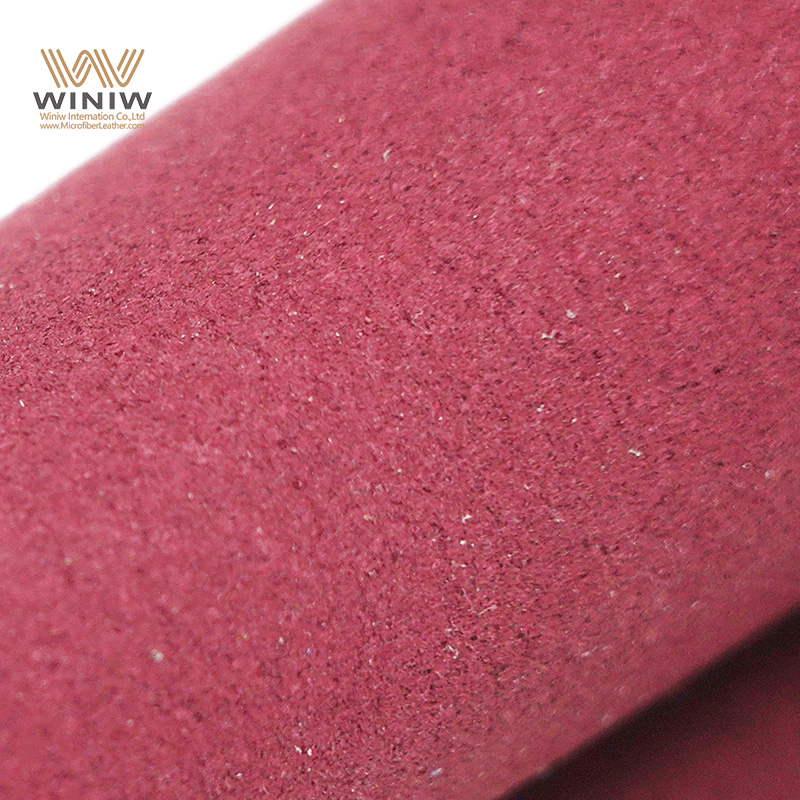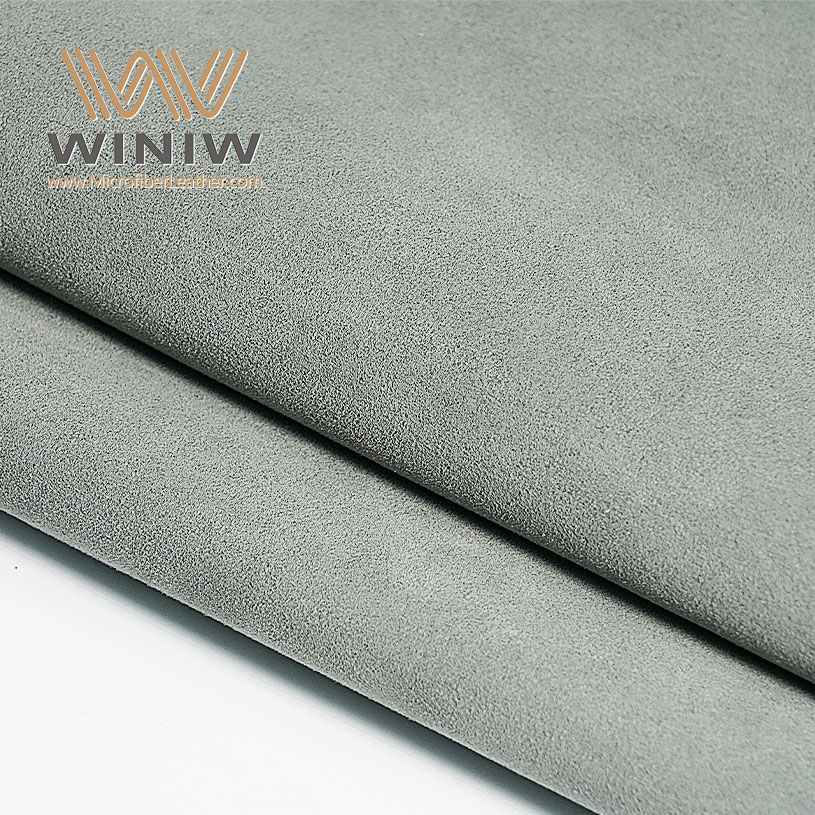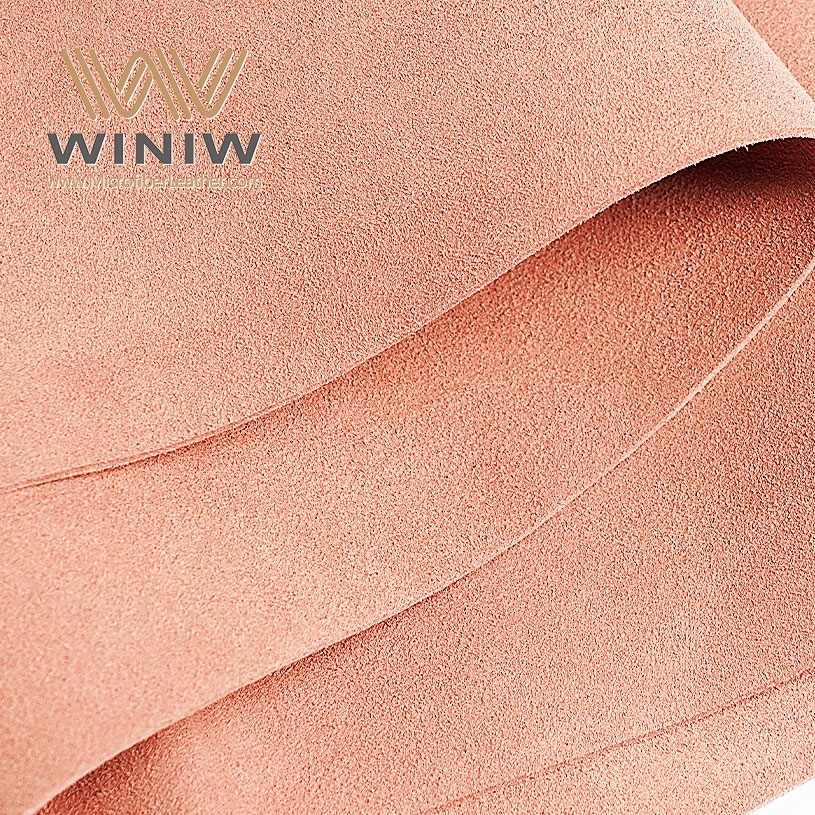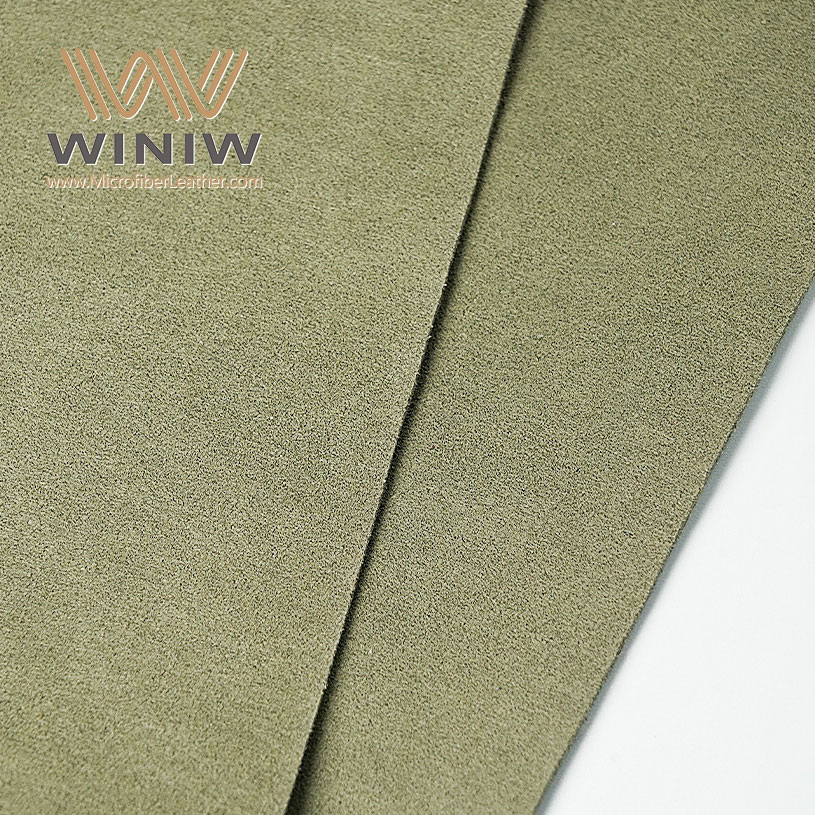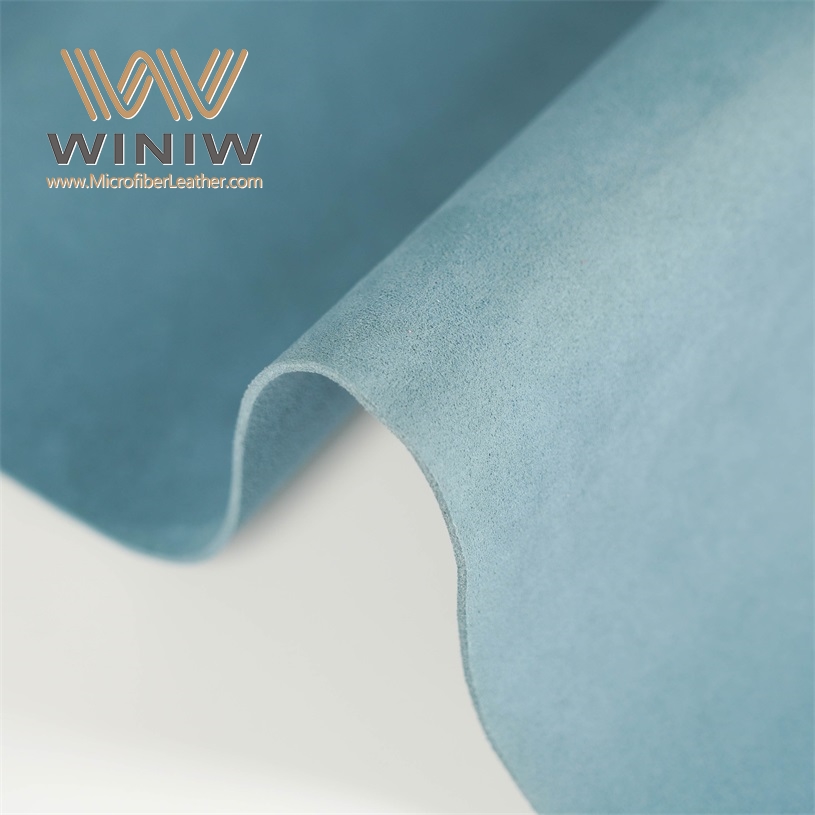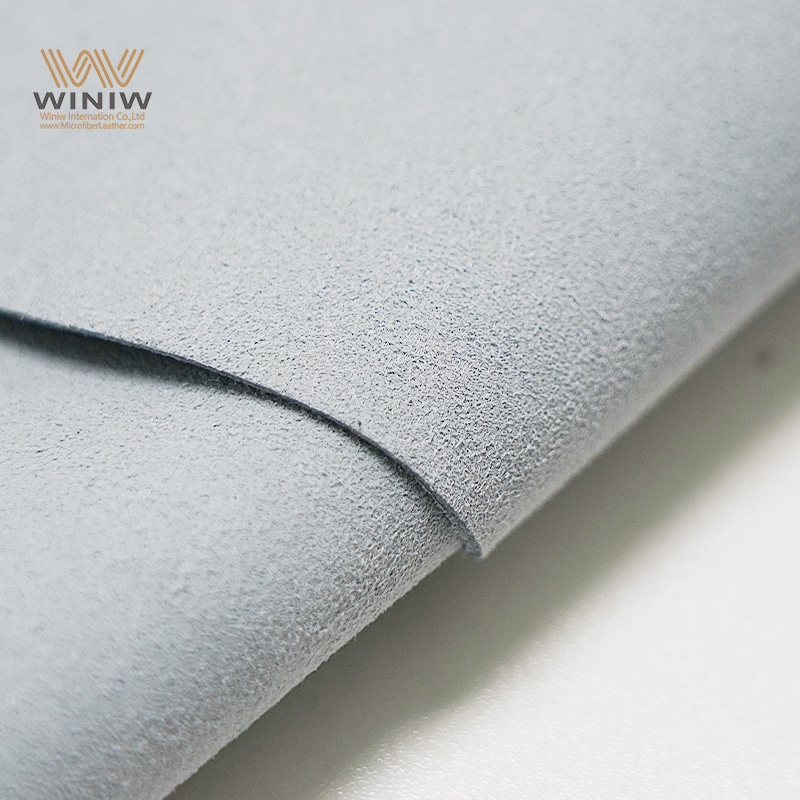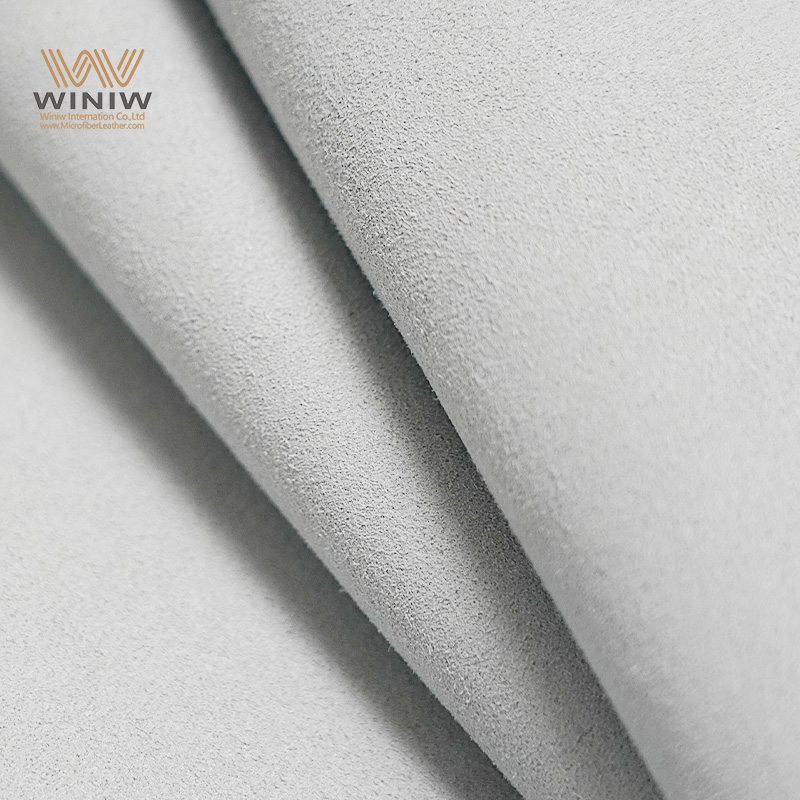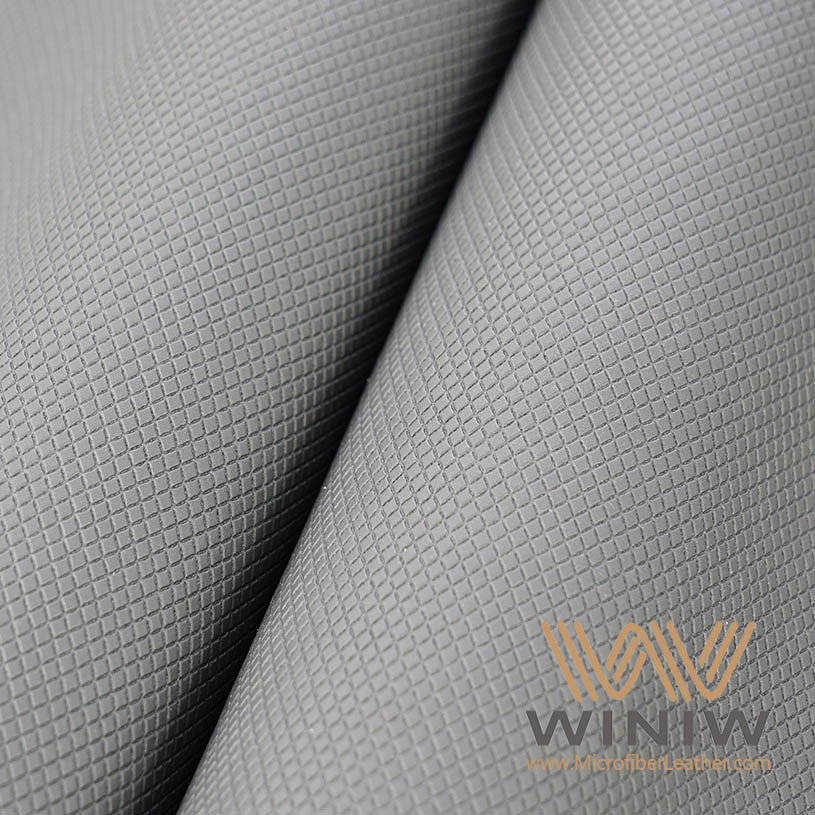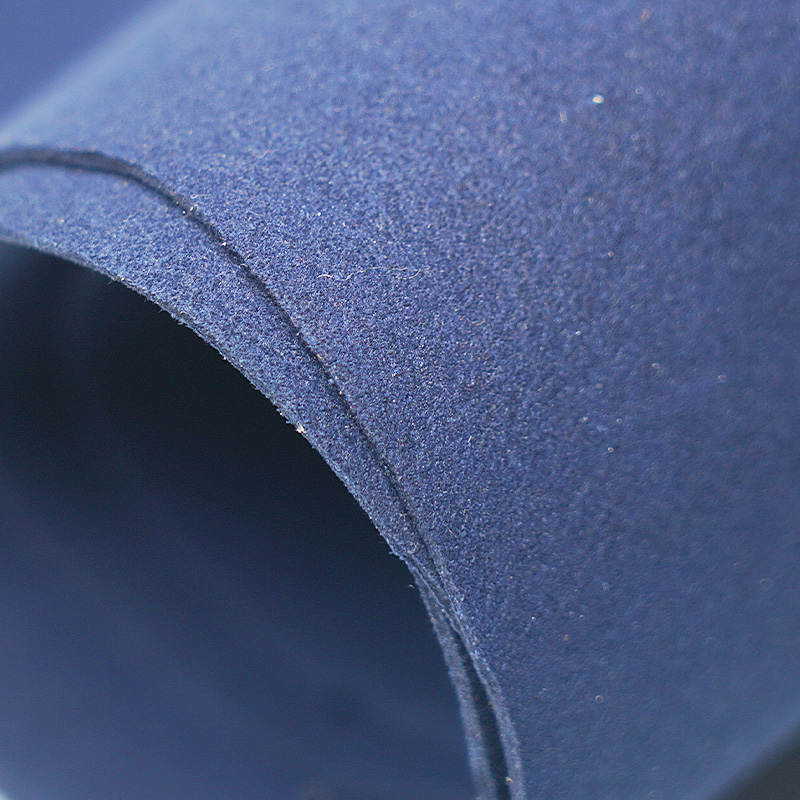
Microsuede fabric is a synthetic material made from fine polyester fibers that mimic the look and feel of natural suede. This fabric feels soft and plush to the touch, offering a luxurious experience at a much lower cost. Many people choose microsuede because it stands up well to daily use, resists stains, and cleans up with minimal effort. Most spills can be wiped away easily, and even tough stains rarely require more than mild soap and water. It also tends to cause fewer allergies or skin irritations compared to real suede.
Microsuede Fabric What It Is and Why It Stands Out
Microsuede is a synthetic fabric that mimics the look and feel of natural suede, offering a luxurious experience at a lower cost.
The fabric is durable and resists wear, making it ideal for high-traffic areas like sofas and car interiors.
Microsuede is stain-resistant and easy to clean, requiring only mild soap and water for most spills.
This fabric is hypoallergenic, making it a safe choice for people with allergies or sensitive skin.
Microsuede is affordable, costing significantly less than natural suede, making it accessible for various budgets.
The wide variety of colors and patterns available allows for customization in furniture and fashion design.
Microsuede is versatile, suitable for furniture, clothing, automotive interiors, and home décor items.
Regular maintenance, such as vacuuming and prompt stain removal, helps keep microsuede looking fresh and new.
Microsuede Fabric Overview
What Is Microsuede
Microsuede fabric is a type of synthetic textile designed to resemble natural suede. Manufacturers use ultra-fine fibers to create a soft, smooth surface that feels similar to animal-derived suede. The composition of microsuede fabric sets it apart from natural suede. Microsuede contains a blend of polyurethane and polyamide, while natural suede comes from animal skins. The following table highlights the differences in composition:
Material | Composition |
|---|---|
Microsuede | 50% polyurethane, 50% polyamide |
Natural Suede | Derived from animal skins |
Microsuede is a synthetic material. Natural suede is derived from the underside of animal skins. This distinction makes microsuede fabric a popular choice for people who want a cruelty-free and affordable alternative to traditional suede. Microfiber suede fabric offers a plush feel and a stylish look, making it suitable for many applications.
How It’s Made
The manufacturing process for microsuede fabric involves several steps. Each step contributes to the fabric’s durability and suede-like appearance. The process uses microfiber technology to produce ultra-fine threads. Here are the main steps involved:
Fiber production: Manufacturers create synthetic fibers such as polyester and polyamide through chemical reactions. These fibers are extremely fine.
Spinning: The microfibers are organized and stretched to form yarn. Different spinning methods help achieve the desired texture.
Weaving: The yarn is woven into fabric using a fleece weaving process. This creates a pile effect that mimics the look of suede.
Dyeing and printing: The fabric is prepared, dyed, and printed with designs. Various techniques allow for a wide range of colors and patterns.
Finishing: The fabric undergoes styling, surface treatment, and drying. These steps ensure quality and enhance the suede-like feel.
Microfiber suede fabric benefits from this advanced process. The use of microfiber technology results in a material that resists wear and stains. The final product is soft, durable, and easy to maintain.
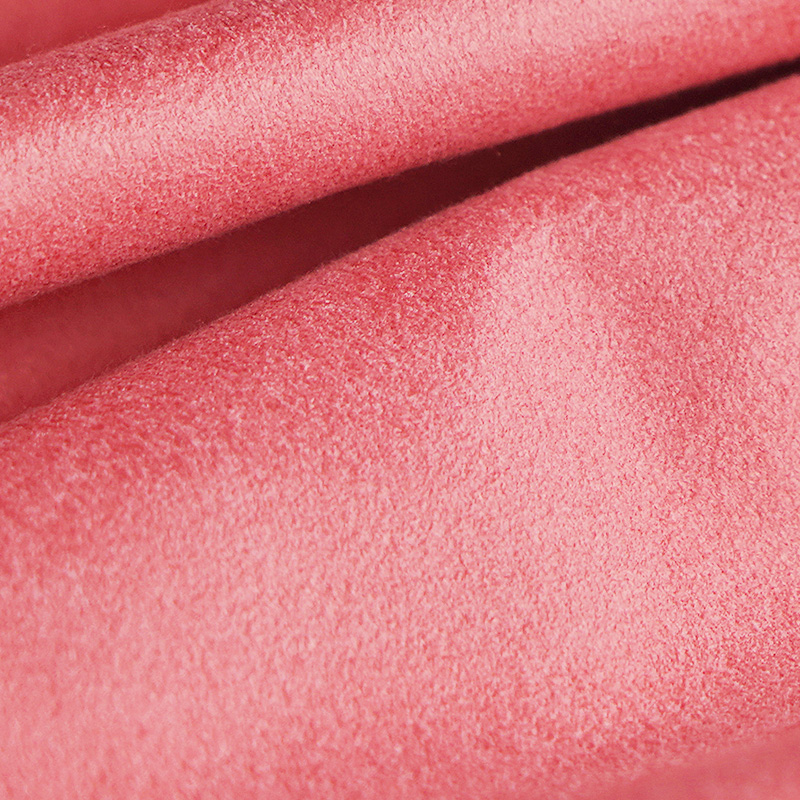
History
Microsuede fabric first appeared in the market as a response to changing consumer preferences. Several factors influenced its development:
Growing interest in sustainable and animal-friendly products led manufacturers to seek alternatives to animal-based suede.
Advances in textile technology improved the quality and versatility of synthetic fabrics.
The demand for versatile materials increased across industries such as fashion, automotive, and furniture.
Microfiber suede fabric quickly gained popularity because it met these needs. The combination of comfort, style, and practicality made microsuede a favorite among designers and consumers. Microfiber technology continues to evolve, offering even more options for those seeking high-performance fabrics.
Key Features
Soft Texture
Microsuede fabric stands out for its incredibly soft and plush texture. The ultra-fine fibers create a surface that feels smooth and gentle against the skin. Many people describe the sensation as similar to natural suede, but without the roughness or stiffness sometimes found in animal-based materials. This softness makes microsuede a popular choice for furniture, clothing, and accessories that come into direct contact with the body. The fabric’s gentle touch appeals to families, pet owners, and anyone who values comfort in their everyday environment.
Durability
Durability ranks among the key characteristics that set microsuede apart from other fabrics. The tightly woven microfibers give the material strength and resilience. Microsuede resists wear and tear, even with frequent use. This makes it ideal for high-traffic areas such as living room sofas or car interiors.
Standardized tests measure abrasion resistance to compare how well different upholstery fabrics hold up over time. The Wyzenbeek and Martindale tests are two common methods. Heavy duty fabrics, including microsuede, achieve high scores in these tests, showing excellent durability:
Test Method | Fabric Type | Abrasion Resistance (Double Rubs) |
|---|---|---|
Wyzenbeek | Heavy Duty Fabric | |
Martindale | Heavy Duty Fabric | 40,000 |
Wyzenbeek | Standard Fabric | 15,000 |
Martindale | Standard Fabric | 20,000 |
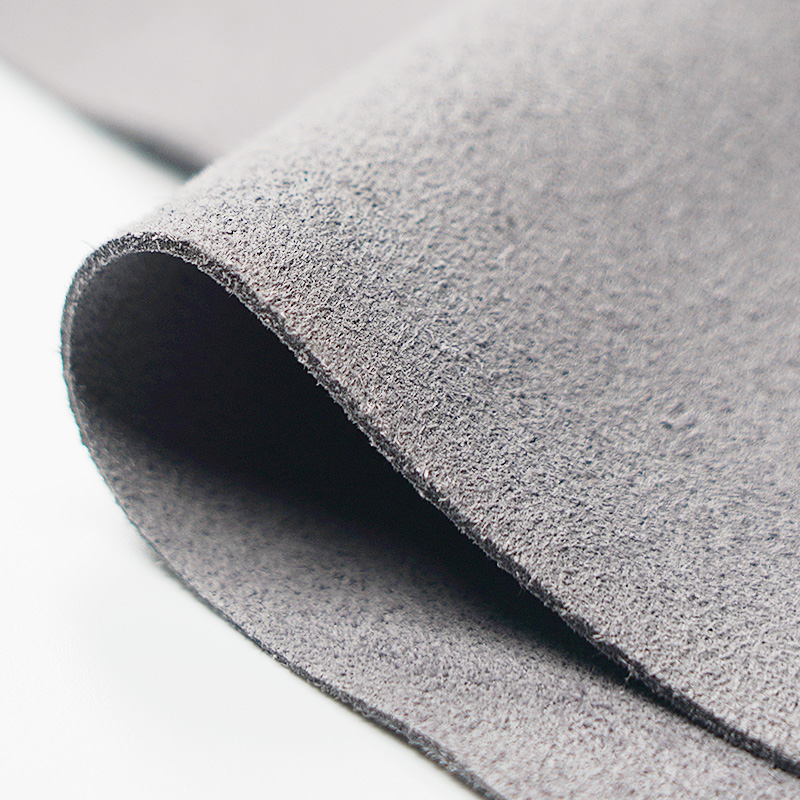
These results show that microsuede fabric can withstand thousands of cycles of rubbing before showing signs of wear. This level of performance ensures that furniture and other items made from microsuede maintain their appearance and function for years.
Stain Resistance
Stain resistance is another standout feature of microsuede. The fabric’s structure includes a protective barrier that prevents liquids and dirt from penetrating the surface. In laboratory settings, brands like FibreGuard have tested microsuede for stain resistance, washability, and dimensional stability. The results confirm that the stain-resistant properties remain effective over time and in real-world use. Most spills can be cleaned with just water and mild soap, making maintenance simple and stress-free. This feature appeals to families with children or pets, as well as anyone who wants to keep their home looking fresh with minimal effort.
Easy Care
Microsuede fabric offers easy care, making it a practical choice for busy households. The synthetic fibers resist water and stains, so cleaning requires less effort than natural suede. People often find that regular maintenance keeps microsuede looking fresh and new.
Caring for luxurious suede furniture requires specific techniques, such as dusting with a dry cloth and vacuuming with an upholstery brush attachment to prevent dirt build-up.
Microsuede cleaning steps include:
Check the care label for cleaning instructions.
Use water and soap only if the label permits.
For light stains, vacuum or brush first, then lightly spray with warm water and dab.
For persistent stains, use solvents or dedicated cleaning products.
Specialized microsuede cleaning chemicals, such as Dr. Beasley’s Microsuede Cleanser, remove food, body oils, and dirt with minimal effort. Microsuede requires less careful handling compared to natural suede. Natural suede cleaning involves specific techniques and is more sensitive to water and soap. Microsuede’s easy care makes it ideal for families, pet owners, and anyone who wants a low-maintenance fabric.
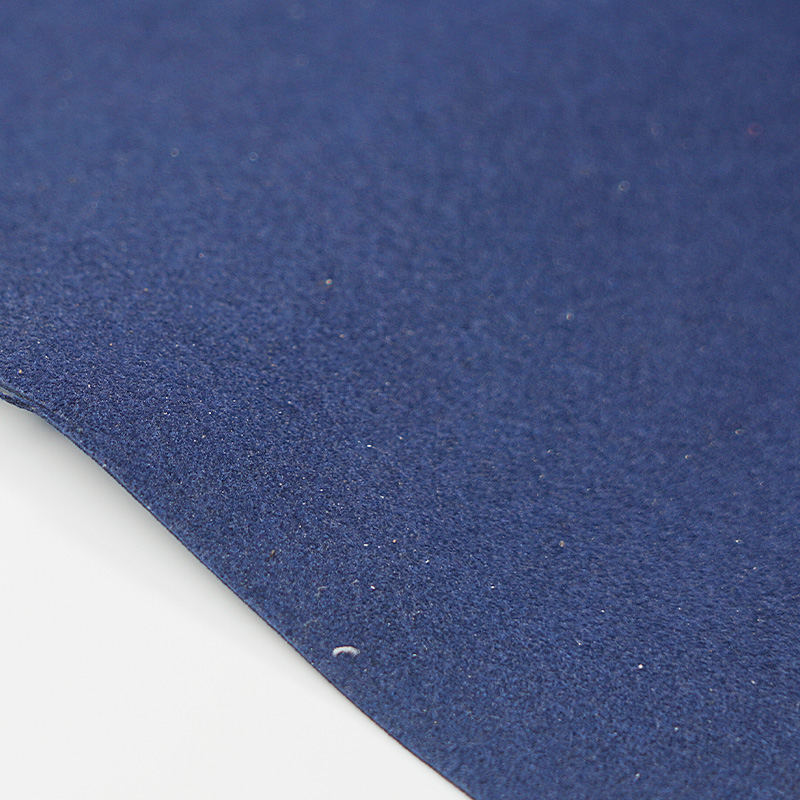
Affordability
Microsuede stands out for its affordability. The manufacturing process uses synthetic fibers, which cost less than animal-based materials. This price advantage allows people to enjoy the look and feel of suede without paying a premium.
Microsuede fabric costs approximately $10-15 per yard.
Faux suede options are priced around $18.99 per yard.
Natural suede is significantly more expensive due to its material composition.
Microsuede’s lower price makes it accessible for a wide range of budgets. People can choose microsuede for furniture, clothing, and accessories without sacrificing style or comfort. The cost savings also make it easier to update home décor or replace worn items.
Variety
Microsuede fabric comes in a wide variety of colors and patterns. Manufacturers offer options to suit every taste and design scheme. People can select from classic neutrals or bold hues to match their personal style.
Beige
Black
Blue
Brown
Gold
Gray
Green
Ivory
Khaki
Orange
Pink
Purple
Red
Silver
Tan
This broad selection allows designers and homeowners to create custom looks for furniture, clothing, and décor. Microsuede’s versatility ensures that everyone can find a color or pattern that fits their needs. The range of choices makes microsuede a favorite in both modern and traditional settings.
Common Uses
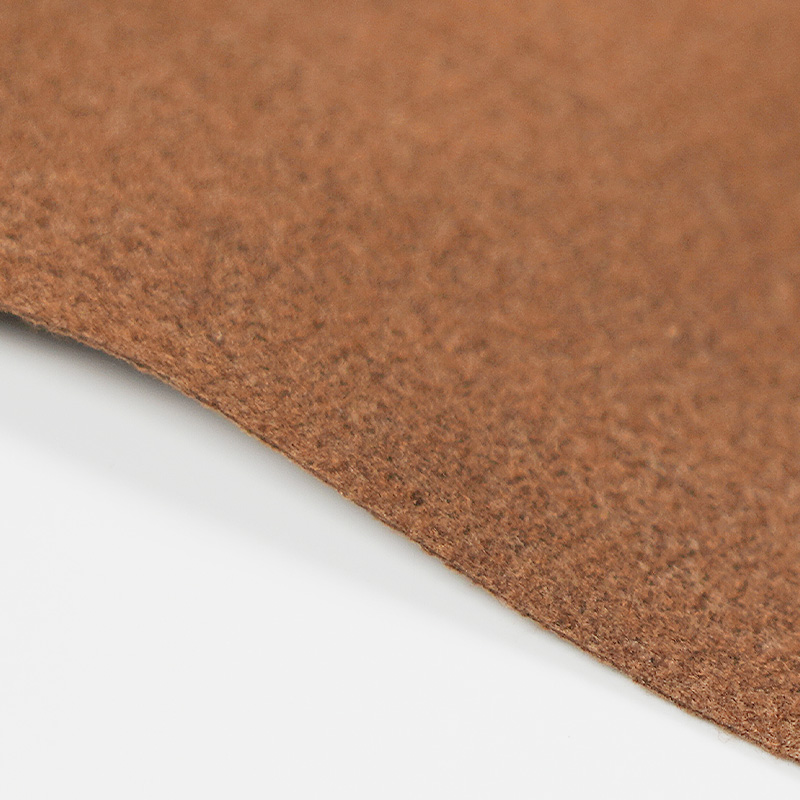
Furniture
Microsuede fabric appears frequently in residential and commercial furniture. Designers and manufacturers select this material for its soft texture and durability. Many sofas and chairs feature microsuede upholstery, which provides a comfortable seating experience and resists daily wear. Homeowners often choose microsuede for headboards, decorative pillows, and cushions. Restaurants use microsuede for booth seating and benches because it stands up to heavy traffic and cleans easily.
Headboards
Decorative pillows and cushions
Restaurant seating
Microsuede’s stain resistance and easy care make it ideal for busy households. Families with children or pets appreciate how spills wipe away quickly. The affordability of microsuede allows people to update their furniture upholstery without spending a lot. Interior designers value the wide range of colors and patterns, which helps them match any décor style.
Tip: Microsuede furniture upholstery offers a practical solution for those who want style and comfort without the maintenance challenges of natural suede.
Clothing
Microsuede fabric has become popular in the fashion industry. Clothing manufacturers use it to create jackets, skirts, pants, and accessories. The fabric mimics the luxurious texture of natural suede, giving garments a high-end look. Microsuede is easier to cut and sew than real suede, which speeds up production and reduces costs. Designers appreciate how the fabric drapes beautifully and holds its shape.
Durable and easy to care for
High-end appearance at a lower cost
Simple to cut and sew
Attractive draping
Consumers benefit from microsuede clothing because it feels comfortable against the skin and requires less maintenance. Unlike real suede, microsuede garments can often be machine washed. This convenience appeals to people who want stylish clothing that fits into a busy lifestyle.
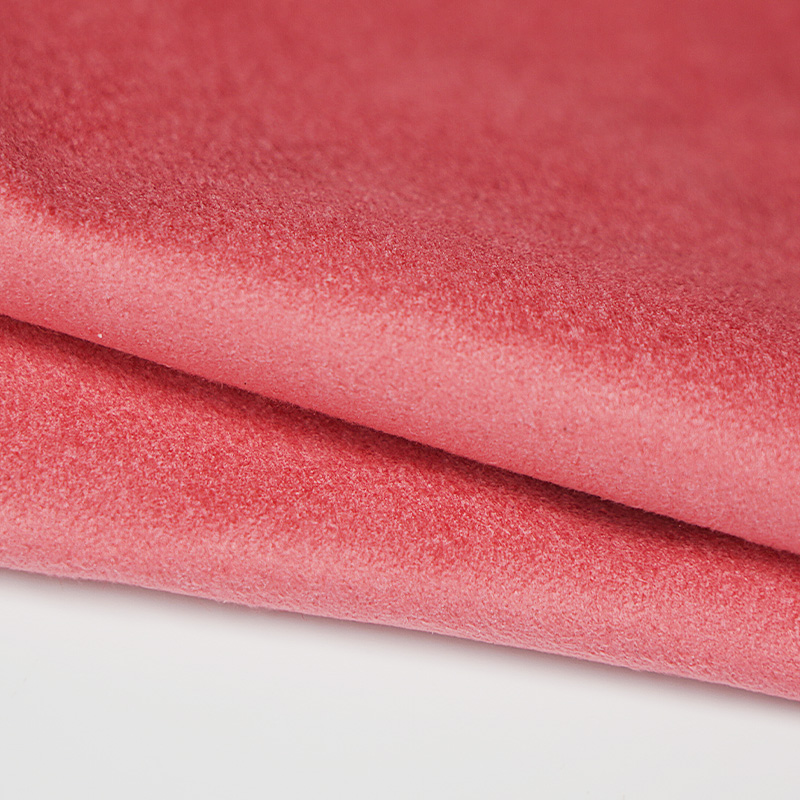
Car Interiors
Automotive designers use microsuede fabric for car interiors. The material covers seats, door panels, and headliners. Microsuede’s durability and stain resistance make it suitable for vehicles that see frequent use. Drivers and passengers enjoy the soft, plush feel, which adds a touch of luxury to the cabin. Car manufacturers select microsuede for its ability to withstand sunlight, friction, and spills.
A table shows common uses of microsuede in car interiors:
Application | Benefit |
|---|---|
Seat covers | Comfort, easy cleaning |
Door panels | Stylish appearance |
Headliners | Durability |
Microsuede’s versatility ensures it remains a top choice for furniture, clothing, and automotive design. These common uses highlight the fabric’s ability to combine style, comfort, and practicality.
Home Decor
Microsuede fabric has become a favorite material for a wide range of home decor products. Designers and homeowners often select microsuede for its soft texture, durability, and stylish appearance. The fabric’s versatility allows it to fit into both modern and traditional interiors.
Many decorative pillows feature microsuede covers. These pillows add a touch of luxury to sofas, beds, and chairs. The fabric’s plush feel makes it comfortable for lounging or resting. Microsuede also resists stains, so pillows stay looking fresh even in busy households.
Window treatments, such as curtains and drapes, often use microsuede. The fabric hangs beautifully and blocks out light effectively. Homeowners appreciate how easy it is to clean microsuede curtains. A quick vacuum or gentle wipe removes dust and keeps the fabric looking new.
Table runners and placemats made from microsuede bring elegance to dining areas. The fabric’s smooth surface feels pleasant to the touch. It also protects tables from spills and scratches. Many people choose microsuede for these items because it combines beauty with practicality.
Upholstered headboards and bed frames frequently use microsuede. The fabric creates a cozy, inviting atmosphere in bedrooms. Its soft surface feels comfortable when sitting up in bed to read or watch television. Microsuede’s wide range of colors allows homeowners to match their headboards to any bedding or wall color.
A variety of ottomans and poufs feature microsuede upholstery. These pieces serve as extra seating or footrests in living rooms and bedrooms. The fabric’s durability ensures that ottomans maintain their shape and appearance over time.
The following table highlights popular home decor products made with microsuede:
Product Type | Benefits |
|---|---|
Decorative Pillows | Softness, stain resistance |
Curtains/Drapes | Light blocking, easy cleaning |
Table Runners | Elegant look, spill protection |
Headboards | Comfort, color variety |
Ottomans/Poufs | Durability, plush feel |
Tip: Microsuede’s stain resistance and easy care make it ideal for homes with children or pets. Regular cleaning keeps decor items looking their best with minimal effort.
Microsuede’s affordability also plays a key role in its popularity for home decor. People can update their living spaces without spending a lot of money. The fabric’s wide selection of colors and patterns means there is a style for every taste. Homeowners enjoy the freedom to experiment with new looks, knowing that microsuede products will last and remain attractive.
Microsuede’s combination of comfort, style, and practicality ensures its place as a top choice for home decor. Whether used for accent pieces or larger furnishings, this fabric brings warmth and elegance to any room.
Microsuede vs. Suede
Material Differences
Microsuede and natural suede differ most in their origins and composition. Microsuede comes from synthetic fibers, mainly polyester microfibers. Manufacturers engineer these fibers to create a fabric that feels soft and smooth, much like real suede. Natural suede, on the other hand, comes from the underside of animal hides, usually from cows or pigs. This process involves tanning and finishing animal skins to achieve the signature nap and texture.
Microsuede’s synthetic nature allows for consistent quality and color. The fibers resist pilling and fraying, which helps the fabric maintain its appearance over time. Natural suede, being a product of animal skin, can show natural imperfections and variations in texture. These differences affect not only the look and feel but also the performance and care requirements of each fabric.
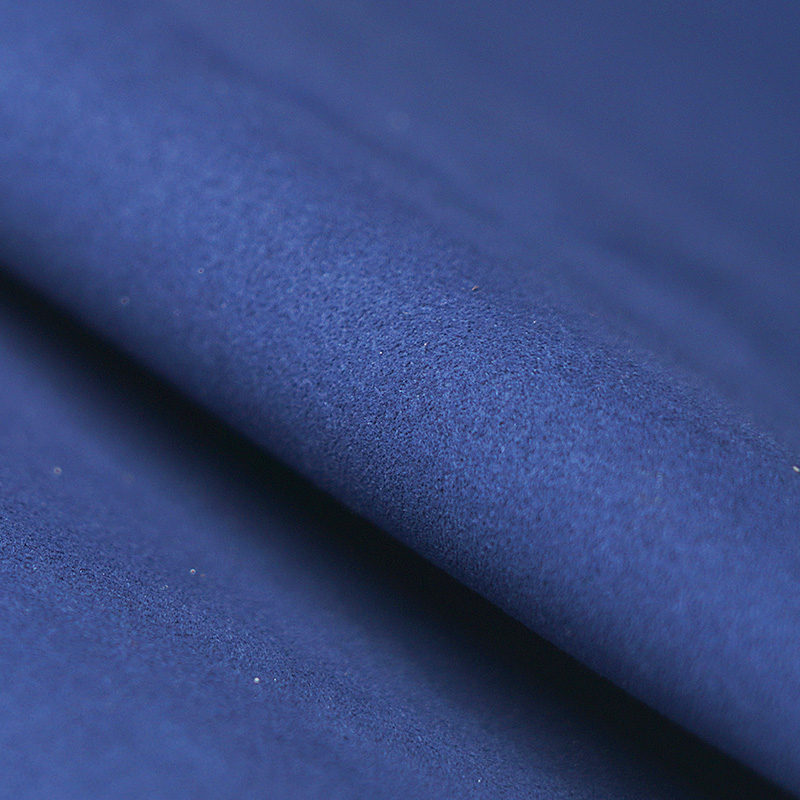
Performance
When comparing performance, microsuede stands out in several key areas. The table below highlights the main differences:
Attribute | Microsuede | Natural Suede |
|---|---|---|
Durability | More durable | Less durable |
Stain Resistance | Stain-proof, easy to clean | Susceptible to stains |
Maintenance | Easy-care | Requires more care |
Microsuede’s tightly woven fibers make it more durable than natural suede. It resists everyday wear and tear, making it a practical choice for furniture and car interiors. Stain resistance is another advantage. Liquids and dirt tend to sit on the surface of microsuede, so spills can be wiped away with little effort. Natural suede, in contrast, absorbs liquids quickly and stains easily. Cleaning natural suede often requires special products and careful handling.
Maintenance also differs. People can clean microsuede with mild soap and water, while natural suede needs more delicate care. Regular brushing and protection from moisture help preserve natural suede, but even then, it remains more vulnerable to damage.
Tip: For busy households or high-traffic areas, microsuede offers a low-maintenance and long-lasting solution.
Ethics
Ethical considerations play a significant role in the choice between microsuede and natural suede. Natural suede relies on animal hides, which raises concerns about animal welfare and the sustainability of animal agriculture. The value of animal pelts contributes to the demand for animal products, so the production of suede is not simply a byproduct but a driver of animal use.
Microsuede, as a synthetic material, does not involve animal products. This makes it a cruelty-free option for those who wish to avoid animal-derived materials. Many people choose microsuede to support animal-friendly lifestyles and reduce their impact on animal welfare.
Faux suede offers an animal-friendly alternative, supporting cruelty-free lifestyles.
The production of faux suede does not require animal hides, reducing ethical concerns.
Real suede relies on animal sources, which may conflict with personal beliefs about animal treatment.
Microsuede is a synthetic material that does not involve animal products, making it a cruelty-free option.
Natural suede is derived from animal hides, raising concerns about the treatment of animals.
The sustainability of animal agriculture is a significant ethical concern associated with natural suede.
Consumers who value ethical sourcing and animal welfare often prefer microsuede. The choice reflects not only personal style but also a commitment to responsible consumption.
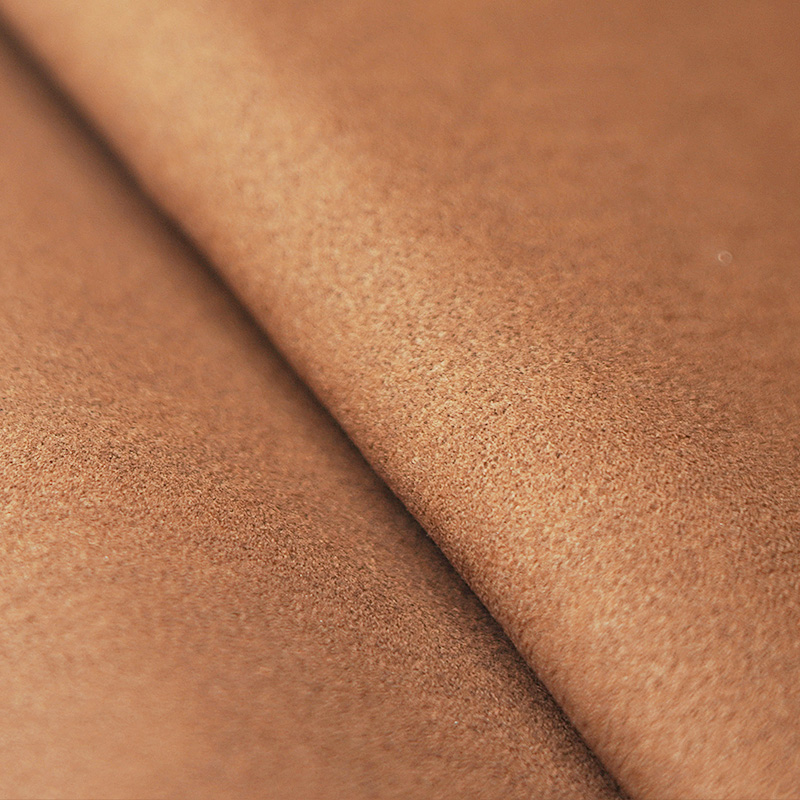
Microfiber Suede Fabric vs. Other Synthetics
Microfiber Suede Fabric vs. Microfiber
Microfiber suede fabric and standard microfiber share a synthetic origin, but they differ in several important ways. Microfiber suede fabric stands out for its ability to mimic the look and feel of traditional suede. It offers a soft texture and high durability, making it a favorite for both fashion and automotive uses. Standard microfiber, while also soft, does not provide the same luxurious appearance or tactile experience.
Microfiber suede fabric mimics traditional suede, providing a soft texture and high durability.
Standard microfiber lacks the same aesthetic qualities as microfiber suede fabric.
Microfiber suede fabric is eco-friendly and versatile, suitable for applications in fashion and automotive industries, unlike standard microfiber.
Manufacturers often choose microfiber suede fabric when they want a product that feels upscale but remains practical. Standard microfiber works well for cleaning cloths and some upholstery, but it does not offer the same visual appeal or versatility.
Microfiber Suede Fabric vs. Velvet
Microfiber suede fabric and velvet both offer a plush feel, but they differ in appearance, durability, and care requirements. The table below highlights the key differences:
Feature | Velvet | Suede |
|---|---|---|
Material Origin | Made from silk, cotton, or synthetic fibers like polyester | Made from the underside of animal skin, typically lamb, goat, or calf |
Durability | Less durable, can wear quickly and is prone to crushing | More durable than velvet but can be prone to staining and scuffing |
Maintenance | Requires delicate care, often dry-clean only | Can be more challenging to clean, usually requires special suede cleaners |
Common Uses | Clothing (dresses, blazers), upholstery, drapery | Footwear (shoes, boots), jackets, handbags |
Cost | Generally more expensive due to the intricate weaving process | Can vary in cost but generally less expensive than velvet |
Velvet creates a shiny, luxurious look, but it can wear out quickly and needs gentle handling. Microfiber suede fabric, on the other hand, offers greater durability and a matte finish. People often select microfiber suede fabric for items that need to withstand frequent use, while velvet suits decorative or formal pieces.
Pros and Cons
When comparing microfiber suede fabric to other synthetic upholstery materials, several advantages and disadvantages emerge. The table below summarizes these points:
Advantages | Disadvantages |
|---|---|
Durability: Resists wear, maintaining shape even in high-traffic areas. | Static Electricity: Can attract dust and pet hair due to static. |
Stain Resistance: Repels stains and is easy to clean. | Sensitive to High Heat: Synthetic fibers can be damaged by high temperatures. |
Softness: Provides a comfortable, soft touch. | Absorption Limit: Can become harder to clean if spills are not promptly addressed. |
Affordability: More cost-effective than many other upholstery materials. | Aesthetic Limitations: May appear less luxurious than natural fabrics like leather or wool. |
Allergen Resistance: Less likely to harbor allergens, beneficial for those with allergies. | N/A |
Note: Microfiber suede fabric offers a practical balance of comfort, durability, and affordability. However, users should avoid exposing it to high heat and address spills quickly to maintain its appearance.
Why Microsuede Stands Out
Unique Benefits
Microsuede fabric offers a blend of comfort, style, and practicality that sets it apart from other materials. The ultra-fine fibers in microfiber suede fabric create a surface that feels soft and smooth. This softness gives furniture and clothing a high-end appearance without the high cost of natural suede. Many people appreciate how the fabric resists stains and repels spills. Cleaning usually requires only a damp cloth or mild soap. The durability of microfiber suede fabric means it holds up well in busy homes and public spaces. People with allergies often choose microsuede because it does not trap dust or pet hair as easily as other fabrics. The wide range of colors and patterns allows designers to match any décor or personal style. These benefits make microsuede a smart choice for anyone seeking both beauty and function.
Popularity
Microsuede has gained strong popularity in the furniture and textile markets. Several factors contribute to this trend. Consumers value the luxurious appearance and easy maintenance of the fabric. Manufacturers also favor it for its cost-effectiveness and versatility. Recent market data highlights this growth:
The market size for suede upholstery fabric, including microsuede, reached an estimated USD 349 million in 2022.
Experts project a compound annual growth rate of about 5.3% from 2025 to 2033.
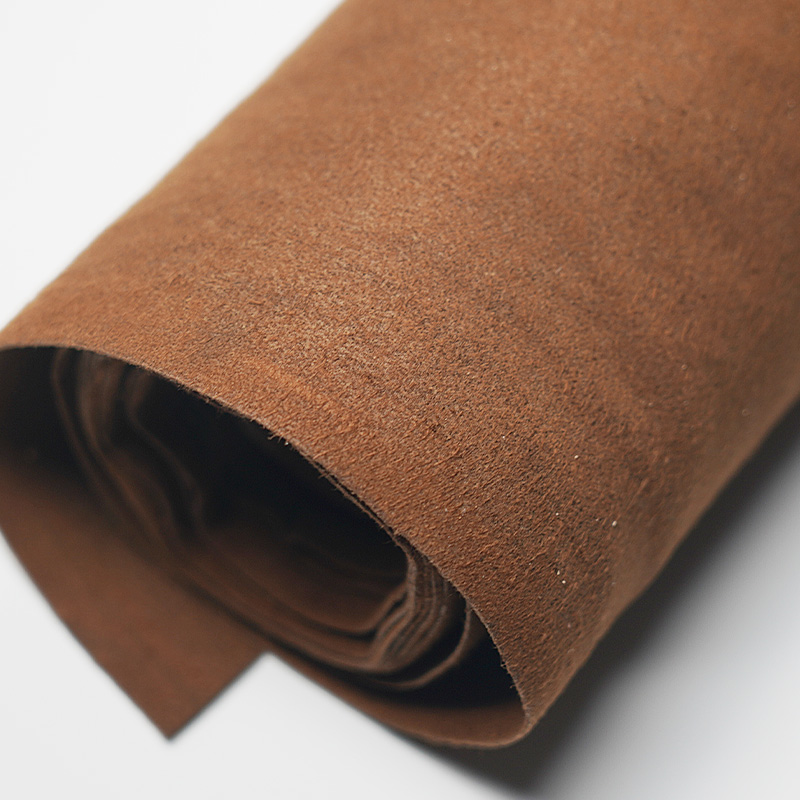
These numbers show that more people and businesses are choosing microsuede for their products. The fabric’s reputation for durability and style continues to drive demand. As technology improves, the quality and variety of microsuede options expand, making it even more appealing to a broad audience.
Best Uses
Microsuede stands out in many applications due to its unique qualities. Homeowners often select it for sofas, chairs, and decorative pillows. The fabric’s stain resistance and easy care make it ideal for families with children or pets. In the fashion world, designers use microfiber suede fabric for jackets, skirts, and accessories that need a soft touch and a high-end appearance. Car manufacturers choose microsuede for seat covers and door panels because it withstands daily wear and adds a touch of luxury to interiors. The fabric also works well for home décor items such as curtains, table runners, and headboards. Each use takes advantage of microsuede’s comfort, durability, and stylish look.
Note: When selecting a fabric for high-traffic areas or items that require frequent cleaning, microsuede offers a practical and attractive solution.
Care Tips for Microsuede
Cleaning
Microsuede fabric offers easy maintenance, but regular cleaning helps preserve its appearance and feel. Dust and dirt can settle into the fibers over time. Weekly vacuuming with a brush attachment removes debris and prevents buildup. Before using any cleaning solution, always vacuum the surface thoroughly. This step ensures that loose particles do not become embedded during the cleaning process.
When spills occur, blot the area gently with a clean microfiber cloth. Avoid rubbing, as this can push the liquid deeper into the fabric. For routine cleaning, mix a small amount of mild dish soap with warm water. Dab the solution onto the stain using a sponge, then blot dry with a fresh microfiber towel. Always test cleaning products on a hidden spot first to check for colorfastness.
Tip: After cleaning, use a stiff fabric brush to restore the texture and softness of the microfiber surface.
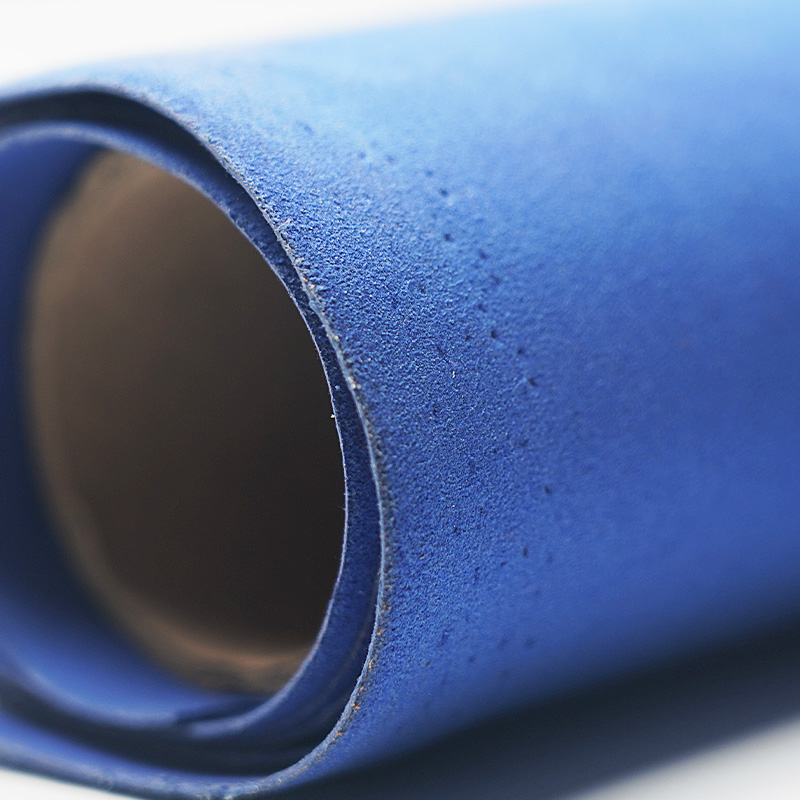
Stain Removal
Quick action is key when dealing with stains on microsuede. Blotting spills immediately with a microfiber cloth prevents permanent marks. For stubborn stains, rubbing alcohol works well as a solvent-based cleaner. Apply a small amount to a cotton cloth and dab the stain gently. Vinegar can help break down greasy spots. Mix equal parts vinegar and water, then blot the area carefully.
Always test any cleaning detergent or solution on an inconspicuous area before treating visible fabric. After removing the stain, manage the drying process by allowing the area to air dry. Avoid using heat, as high temperatures can damage the microfiber fibers. Once dry, brush the pile lightly to maintain the fabric’s plush feel.
Maintenance
Consistent maintenance extends the durability of microsuede and keeps it looking new. Manufacturers recommend several simple routines:
Vacuum weekly with a brush attachment to remove dust and crumbs.
Brush the suede pile lightly to maintain softness and texture.
Use fabric protectors to shield against spills and stains.
Keep microsuede furniture away from direct sunlight and heat sources, which can fade and dry out the fibers.
Clean spills promptly with a microfiber cloth to prevent staining.
These steps help preserve the quality of the microfiber material. Regular care ensures that the fabric remains attractive and comfortable for years. Microsuede’s easy maintenance makes it a practical choice for busy households, families with pets, and anyone seeking a balance of style and function.
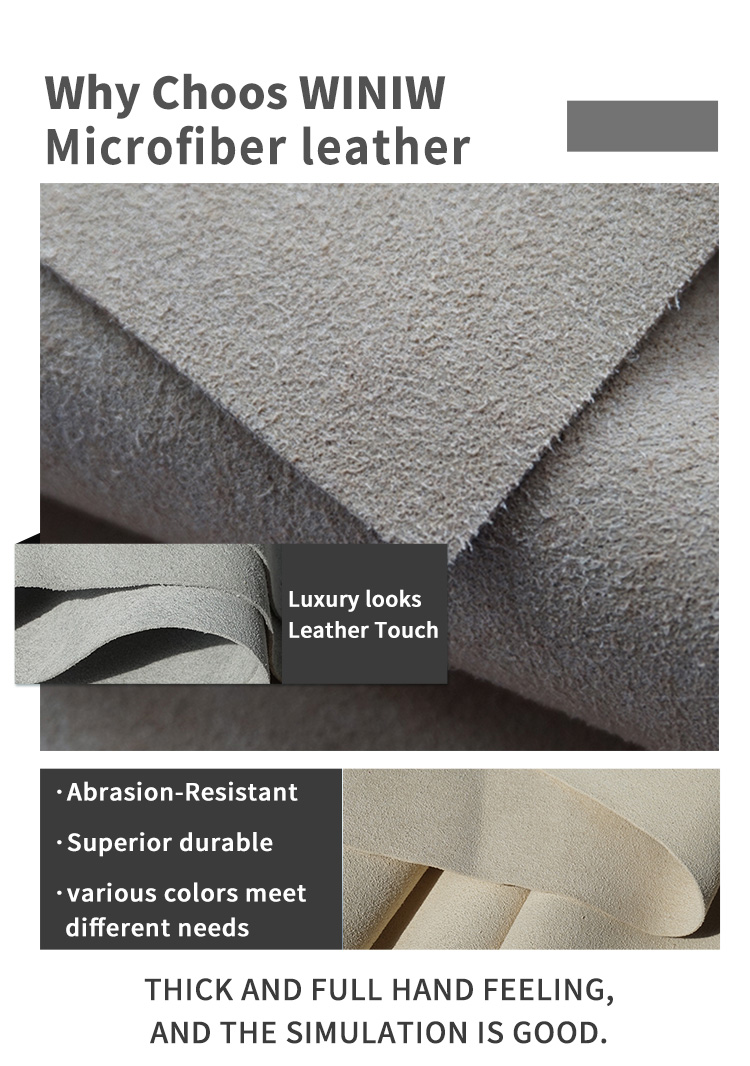
Microsuede fabric stands out as a smart choice for both homes and businesses. Many customers praise its unique texture, durability, and easy handling for projects like cosplay, chair covers, and cushions. The table below highlights how microsuede compares to other fabrics:
Feature | Microsuede | Cotton/Wool |
|---|---|---|
Softness | Often less soft | |
Durability | Highly durable | Prone to wear |
Affordability | More affordable | Often more expensive |
Easy Care | Quick-drying, stain-resistant | Needs more maintenance |
Microsuede’s versatility, comfort, and value make it a reliable option for many needs.
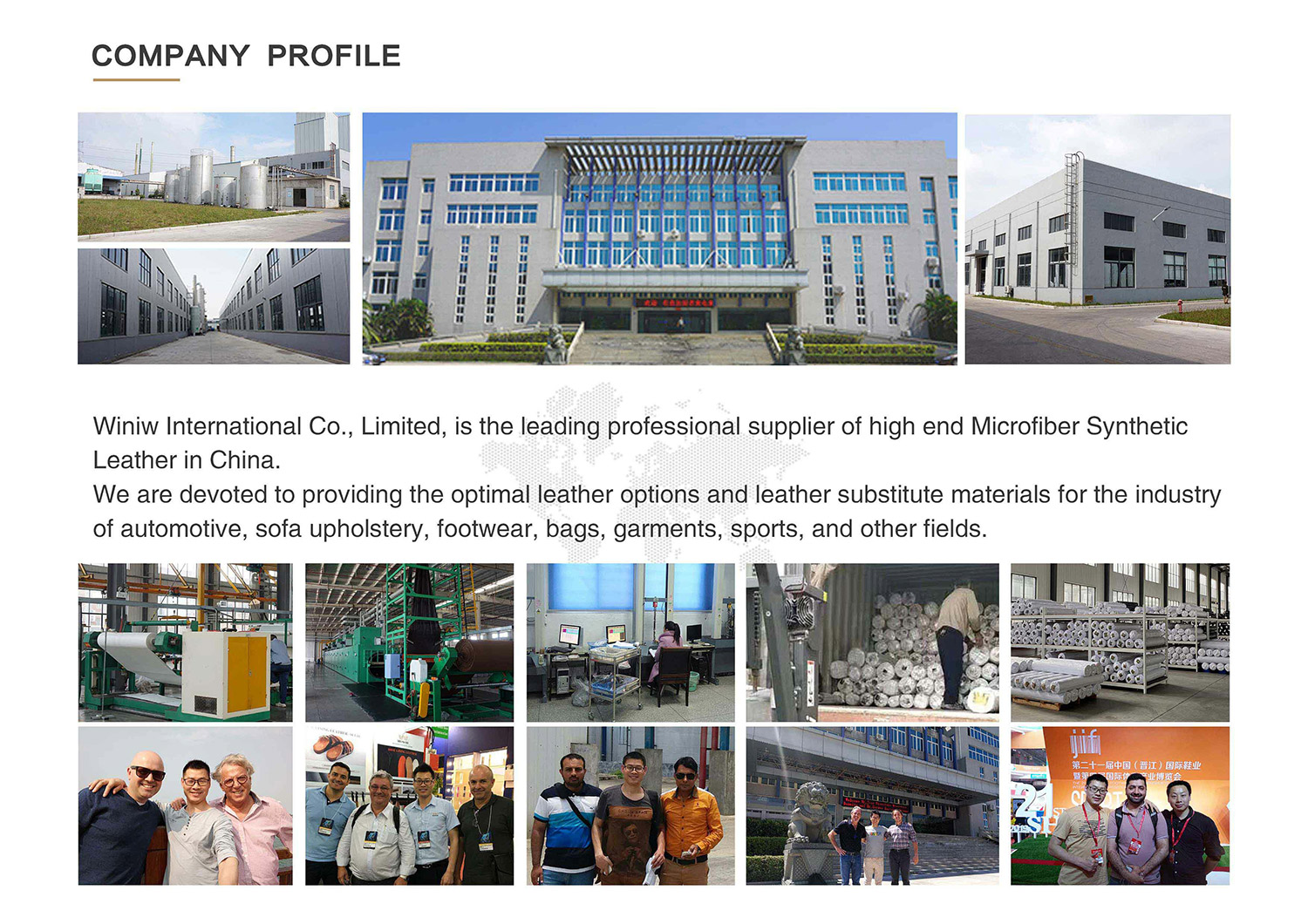
FAQ
What makes microsuede different from regular suede?
Microsuede uses synthetic fibers, while regular suede comes from animal hides. Microsuede resists stains and costs less. Regular suede feels natural but needs special care and costs more.
Can people with allergies use microsuede safely?
Yes. Microsuede resists dust and pet hair. The fabric does not trap allergens easily. Many people with allergies find it a safe choice for furniture and clothing.
Is microsuede fabric pet-friendly?
Microsuede works well for homes with pets. The fabric resists scratches and stains. Pet hair brushes off easily. Many pet owners choose microsuede for its durability and easy cleaning.
How should someone clean a microsuede sofa?
Vacuum the sofa weekly. For spills, blot with a clean cloth. Use mild soap and water for stains. Avoid harsh chemicals and high heat. Always check the care label before cleaning.
Does microsuede fade in sunlight?
Microsuede can fade if exposed to direct sunlight for long periods. Place furniture away from windows or use curtains to protect the fabric. This helps maintain color and texture.
Can microsuede be machine washed?
Some microsuede items are machine washable. Always check the care label first. Use cold water and a gentle cycle. Air dry the fabric to prevent damage.
Is microsuede environmentally friendly?
Microsuede uses synthetic fibers, which require energy to produce. The fabric does not use animal products, making it cruelty-free. Some brands now offer recycled microsuede for a lower environmental impact.
What are common uses for microsuede?
Microsuede appears in sofas, chairs, car interiors, jackets, and home décor. The fabric’s soft texture and durability make it popular for many products.


